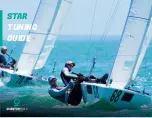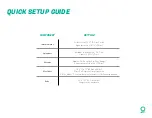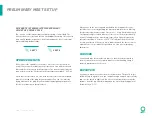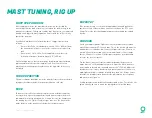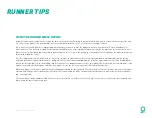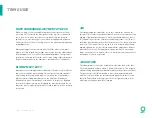
We hoped you enjoyed this Star tuning guide and learned a thing or two. Like all tuning guides, the techniques, numbers, and
settings shared here are just that: guides, not gospel. They have been developed to help you find the sweet spots and get you in
the right range. Superior athletes in every sport often have slightly different styles or techniques that work for them. Remember
that trim is dynamic. You can’t just set it and go. Learn what tuning and trim controls do by watching how they affect the sails.
Then you’ll know how to react and make changes in response to your performance at any moment.
Quantum’s class experts are your support team, providing you with real-time tuning data, sail trim, sailing technique, mast
setup, and tips. We’re here to help you enjoy your Star. If you have any questions, be sure to call.
We’ll see you out on the racecourse. Have fun!
QUANTUM CLASS EXPERTS
© 2020 Quantum Sails | 888.773.4889 | quantumsails.com
Содержание STAR
Страница 1: ...STAR TUNING GUIDE ...

